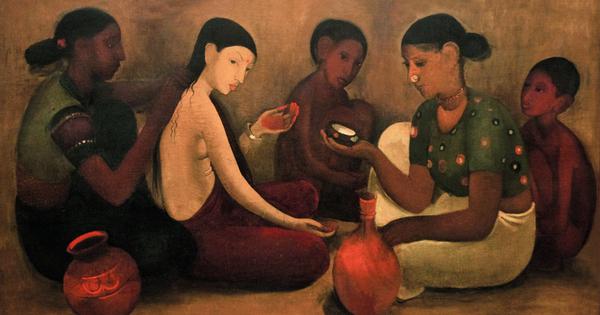Amrita Sher-Gil was one of the first woman artists of part-Indian heritage, who captured through her paintings, the experiences of women from a range of social and economic backgrounds. As a sociologist, with interests in studying social class, marriage, and gender, I remain amazed at her ability to paint from both “emic” (insider) and “etic” (outsider) perspectives, if you will.
Her art works can be traced in two phases: the early 1930s Western influence, when she was in Paris, and her later works on Indian realities. The former body of work was heavily influenced by Post-Impressionist art, as evident in the brush strokes, richness of colours, and focus on bringing out nuances of still and ordinary life in her paintings including Dressing Table (1931), Hungarian Gypsy Girl (1932), Young Girls (1932).
A striking aspect of most of these paintings was that they were based on the ordinariness of her social and familial life; an emic perspective in that, as she painted…















